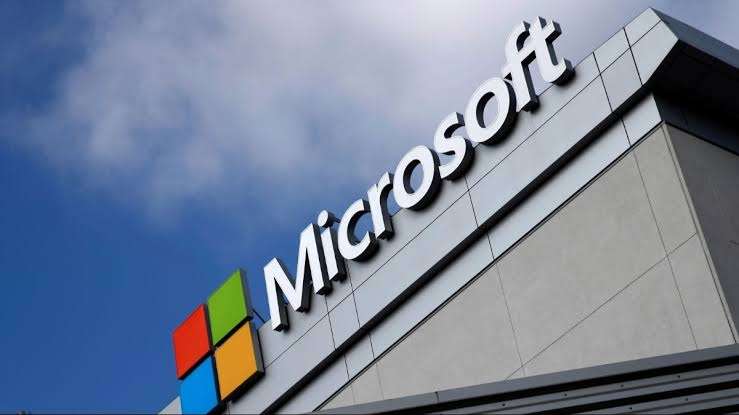Microsoft and Alphabet recently reported strong financial results emphasizing advancements in AI and cloud computing.
On January 30, the two major technology companies, Microsoft and Alphabet (the parent company of Google), presented the financial report for the previous quarter.
Among the highlights revealed in the report were improvements in artificial intelligence (AI) and cloud computing, among other areas.
Artificial intelligence (AI) has been one of the most talked-about subjects in the technology sector over the past year, and it is projected to reach a global market value of $196.6 billion in 2023.
Both Microsoft and Google released their very own high-level chatbots in 2023, making them two of the most prominent companies in artificial intelligence development.
Microsoft’s artificial intelligence (AI) technologies were a significant contributor to the company’s increased sales at the end of the year. From September through December, the company’s sales increased by 18% year-on-year, reaching more than $60 billion, as stated in the report.
These end-of-year results came as Microsoft took the lead as the world’s most valuable public corporation with a $3 trillion value, surpassing Apple. Satya Nadella, the chairman and chief executive officer of Microsoft, spoke on Microsoft’s artificial intelligence achievements during the earnings call for the fourth quarter.
“We’ve moved from talking about AI to applying AI at scale. By infusing AI across every layer of our tech stack, we’re winning new customers and helping drive new benefits and productivity gains across every sector.”
Microsoft’s sales of its cloud computing service Azure increased by thirty percent year-on-year, which was a better outcome than what industry observers had projected.
This was in addition to the company’s offerings in artificial intelligence. The entire profits of the corporation for the fourth quarter came in at $21.9 billion, representing a year-on-year increase of 33%.
Microsoft began 2024 by releasing the pro-edition of its artificial intelligence chatbot, Copilot. This version offers the capability to develop individualized GPTs and integrate directly with Office.
Additionally, it entered the new year embroiled in massive copyright litigation against the New York Times, along with OpenAI. Both the New York Times and OpenAI were subject to this action.
Similarly, Alphabet relied heavily on its artificial intelligence integrations as a primary contributor to its success in the fourth quarter.
According to Sundar Pichai, the Chief Executive Officer of the company, he is delighted with the success of Google Search as well as the growth that has come from YouTube and the cloud.
For the fourth quarter, it recorded a combined revenue of $86 billion, representing a year-over-year increase of 13%. Ruth Porat, president and chief investment officer of Alphabet, stated that the company is committed to “durably re-engineering our cost base” to invest in and financially support new prospects for growth.
“Each of these is already benefiting from our AI investments and innovation. As we enter the Gemini era, the best is yet to come.”
The year has already begun and Google has already started announcing a plan to reduce the number of jobs it employs in exchange for achieving its lofty goals in areas such as artificial intelligence.
The corporation announced in January 2023 that it would be reducing its employment by 6% across the world, and by September 2023, it had already terminated 182,381 people around the world.
On the other hand, Google began the year by releasing a new realistic artificial intelligence text-to-video generator dubbed “Lumiere.”
It uses a time-space diffusion model to convert text and images into realistic AI-generated videos that can be edited on demand.












